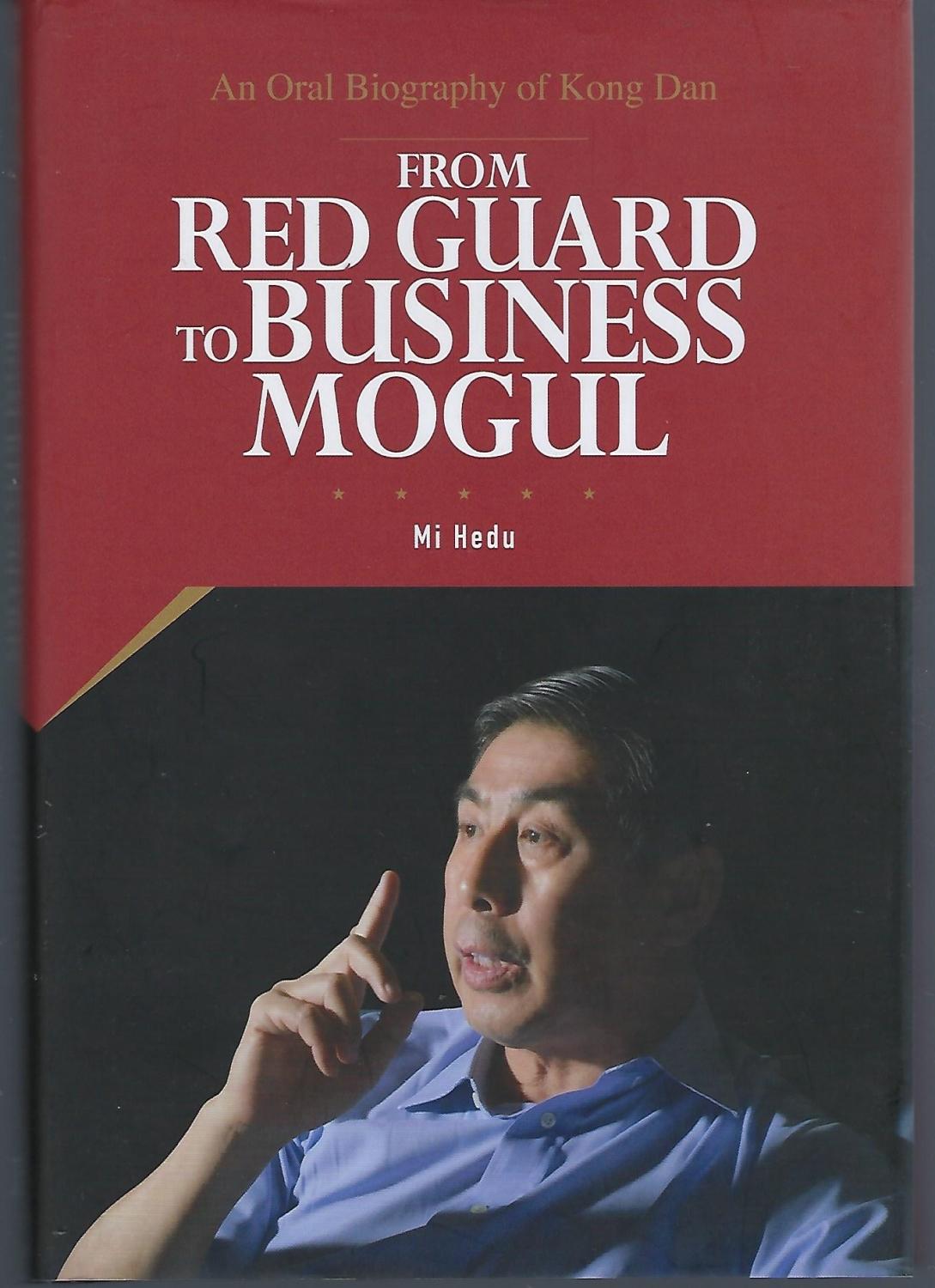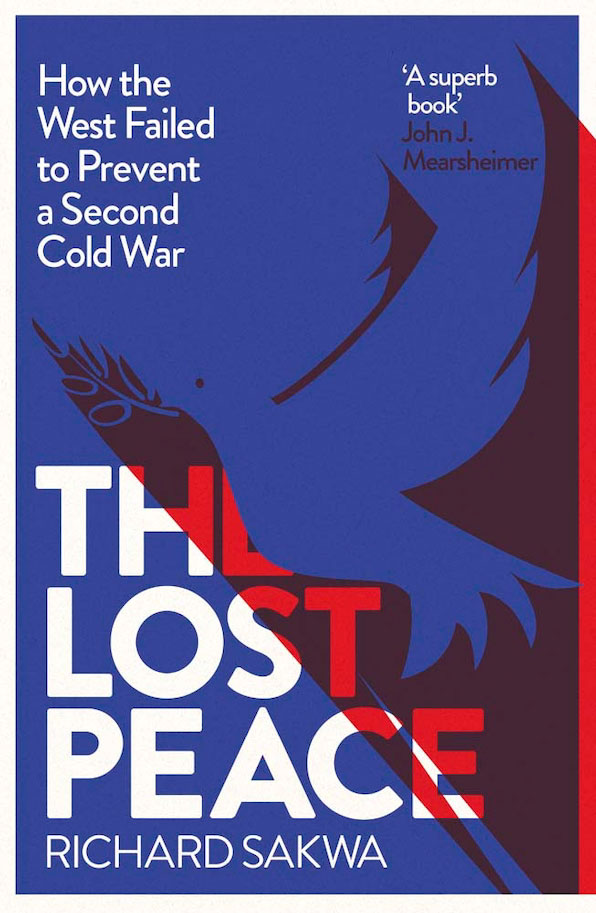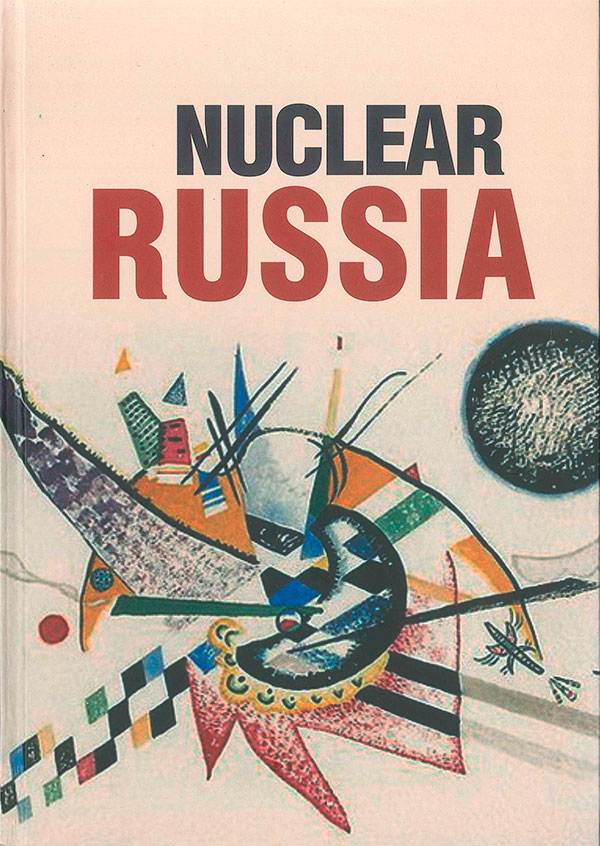... needed to minimise risks to the internal political stability of Afghanistan’s neighbours. At the same time, the most important factor determining the success of this work will be access to high-quality intelligence information.
The interaction of the Central Asian countries, Russia and China in addressing the Afghan security problem promises to be long-term and may become a factor that will determine the entire structure of relations in the region.
Source:
Valdai. Discussion club
October 26-27, 2021
The Journal JEECAR has organized a two-day virtual Conference on
Economic Transformations of the Central Asian Region and the Influence of China, Russia, and the U.S.
The Conference is administered in cooperation with the Almaty Management University, Kazakhstan, The Russian International Affairs Council (RIAC), and Webster University in St. Louis, MO, USA. The event will provide an exclusive forum ...
... moderated the discussion.
The experts expressed their views on what is to be done in the current circumstances by the international community, Moscow and Beijing. They also suggested scenarios of the further development of the situation in Afghanistan and Central Asia. Russian and Chinese participants highlighted the importance of discussing the Afghanistan problems with other international partners and of using multilateral mechanisms, mainly the SCO – Afghanistan contact group, more systemically.
... Russian military influence in the post-Soviet space.
Russia’s presence has been limited since the end of the USSR and the end of the war in Afghanistan (1979-1989), and apart from the Russian language, Moscow is now a secondary economic partner in Central Asia, behind China, so the loss of Russian military influence could be misinterpreted.
China and the Water Crisis in Central Asia
While the international community focuses on the Uyghur Muslim and the Wakhan Corridor, the main threat to the Central Asian states will continue to be the ...
... advantage of its closer location to Iran vis-a-vis China and realizing that it might take time for China to optimize its overland trade routes to the Islamic Republic via Central Asia and W-CPEC+.
Andrey Kortunov:
Afghanistan Will Test SCO's Capacity
Central Asia: Retaining Strategic Influence
Russia risks losing the most out of this portion of its “Ummah Pivot” given growing Chinese, Turkish, and perhaps soon even American influence through a variety of spheres as was previously explained. The most effective solution rests in more confidently ...
... Afghanistan and has no expansionist intentions). Russia’s close security cooperation with those countries could help balance the growing Chinese, Turkish and American influence and be leveraged to secure preferential trade deals and such.
At all costs, Russia must stop Central Asia’s gradual slide out of its sphere of influence lest Moscow lose control of the dynamics and new threats begin to emerge. One overarching trend to pay attention to is the growing coordination between Turkey, Azerbaijan, China, Pakistan and ...
... respect here is very easy to confuse with composure, which could have tragic consequences.
The factors that determine the nature of interaction between Russia and the Central Asian states include their shared geopolitical position. The border between Russia and Central Asia is a steppe that does not have natural obstacles. Its openness and its unsuitability for marking clear dividing lines is naturally transferred to the spheres of political, economic and cultural interaction across state borders. This leads ...
... facility on their soil, they still rely on Russia for their border security because of the Afghan issue. In 2017, following a twelve-year silence, the first bilateral exercise between Russia and Uzbekistan took place at the Forish Range in Jizzakh.
Russia’s Central Asian Trump Cards
Andrey Kortunov:
Eight Principles of the “Greater Eurasian Partnership”
According to a study, between 2015 and 2020, Russian supplies amounted for 62% of the arms market in the whole region. This percentage has considerably ...
... migrants from small towns and rural areas; falling education and income levels, as well as greater cultural diversity (including languages and faiths), among newly arriving migrants; and a change in the structure of migration flows, with migrants from Central Asia dominating.
On the other hand, the main incentives for migration to the Russian Federation have not changed: Russia has the best economic situation within the Eurasian migration system; it has an
aging population
and thus needs a labour force, including unskilled workers. Demand for unskilled labour is evidenced by a stable ...
... influence of pseudo-educational groups like Hizb ut-Tahrir (which does not formally pursue military action but is included in the lists of terrorist organisations maintained by the security services of key global states).
Federica Prandin:
The EU and Russia in Central Asia: Is There Any Room for Cooperation?
A new trend has emerged in recent years with Jihadist groups forced out from Kyrgyzstan starting to exert an influence on Salafi jamaats in the country. Once in prison, members of these organisations are ...



